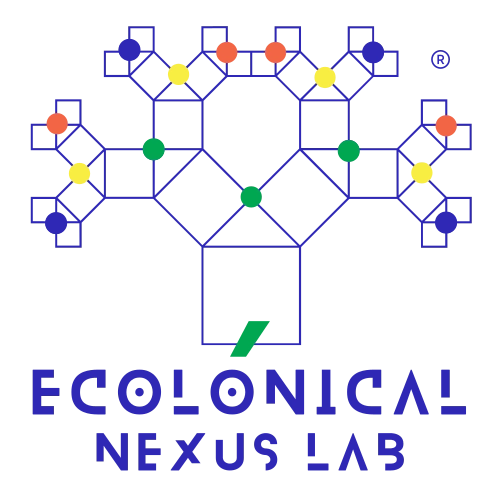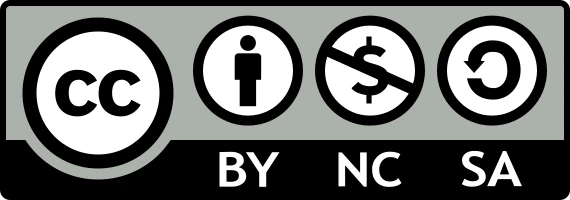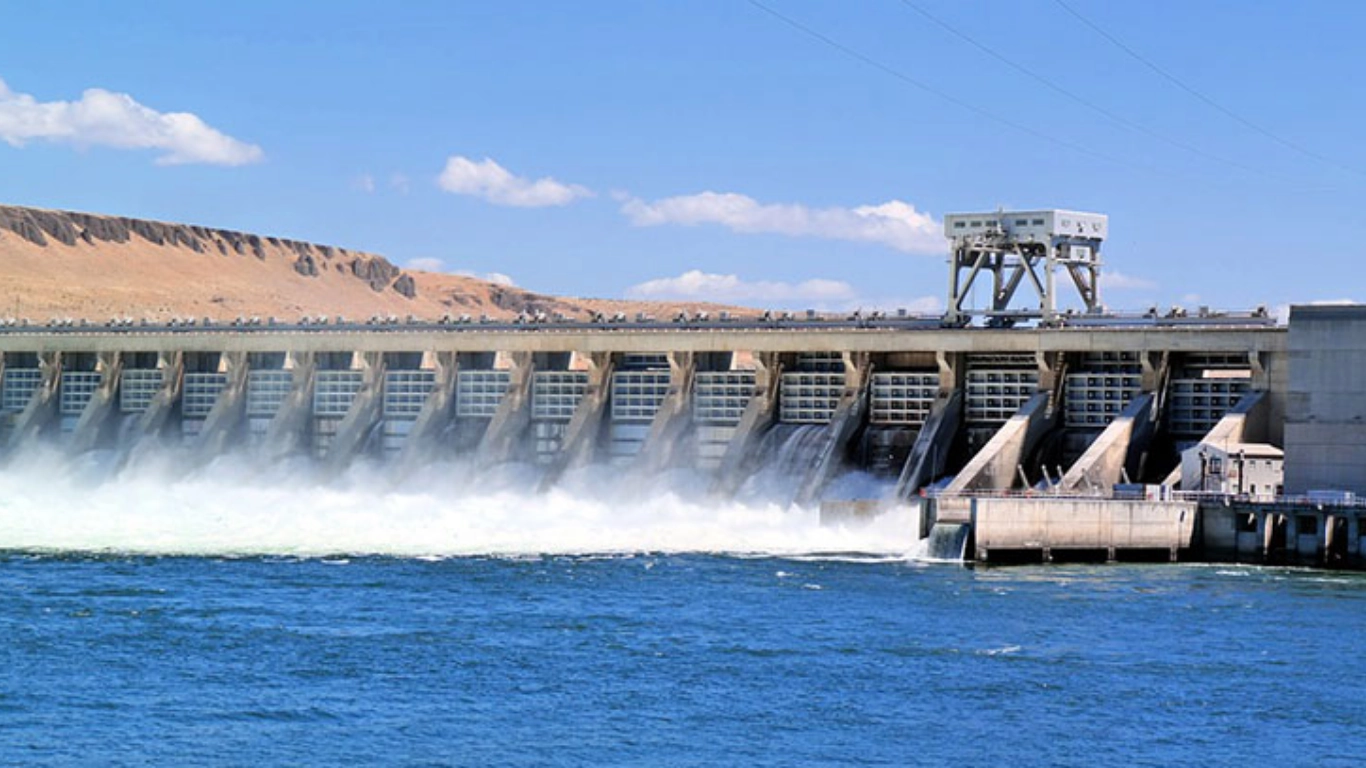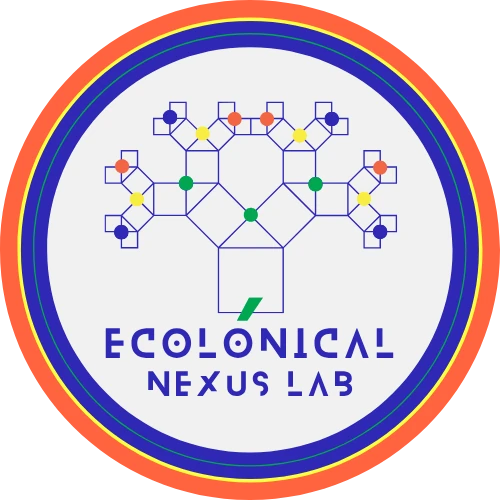No products in the cart.

Green Economic Growth: 5 Hidden Costs You Can’t Ignore
The central promise of green economic growth is that economic expansion can be decoupled from environmental degradation. This vision rests on the premise that prosperity can be measured and pursued without compromising the planet’s ecological systems.
Traditionally, economic performance is assessed using Gross Domestic Product (GDP)—the total monetary value of all goods and services produced within a nation’s borders over a given period. While GDP captures the scale of production and consumption, it largely ignores environmental degradation, resource depletion, and social well-being.
In theory, a truly “green” growth model would see GDP rise while greenhouse gas emissions fall, biodiversity is preserved, and ecosystems are restored. Such decoupling is thought to be achievable through renewable energy adoption, efficiency gains, and sustainable design.
Yet, empirical evidence from the last two decades shows that absolute decoupling at the global level remains extremely rare. Many economies have achieved only relative decoupling—where emissions grow more slowly than GDP—while total resource use and energy consumption continue to climb. Peer-reviewed studies in Nature Sustainability caution that efficiency gains alone often trigger rebound effects, where savings are redirected into further consumption, eroding environmental benefits.
Renewable energy technologies highlight this paradox. Wind and solar reduce operational emissions dramatically, but their manufacture depends on mineral-intensive supply chains. The extraction of rare earth elements like neodymium and dysprosium disrupts ecosystems and often occurs in regions with minimal environmental oversight or labor protections. This raises a challenging question: are we dismantling the structural causes of ecological overshoot, or simply relocating them out of sight?
Contents
- Carbon Offsets: Loophole or Legitimate Tool?
- Rethinking Growth Beyond GDP
- Conclusion: Facing the True Costs
- References
- Further Reading: Independent Resources on Green Economic Growth & Sustainability
- Frequently Asked Questions on Green Economic Growth
- Is green economic growth truly achievable, or is it an idealized concept?
- Can GDP ever be an accurate measure of sustainable prosperity?
- Do carbon offsets really reduce emissions or just shift the problem?
- Are renewable technologies as clean as they seem?
- Who benefits most from green economic growth?
- Does focusing on technology risk distracting us from deeper change?
- Author
Carbon Offsets: Loophole or Legitimate Tool?
Within the green economic growth framework, carbon markets and offsets are promoted as cost-effective mechanisms for achieving “net-zero” targets. In principle, they allow emitters to compensate for unavoidable emissions by funding projects that sequester or avoid carbon elsewhere—ranging from afforestation to renewable energy installations in developing countries.
Yet, research from the Stockholm Environment Institute and Carbon Market Watch has documented significant shortcomings. Many offset projects overstate their climate benefits, suffer from “non-additionality” (they would have happened anyway), or fail to ensure long-term carbon storage. For example, some forestry projects have been destroyed by wildfires within a decade, releasing the stored carbon back into the atmosphere.
There is also the ethical dimension: land-based offsets have, in some cases, displaced Indigenous peoples and rural communities. Without stringent governance and transparent verification, offsets risk becoming a climate accounting trick—allowing polluters to continue high emissions under a green facade. This raises the question: should offsets be a complement to deep emissions cuts, or are they undermining the urgency of structural decarbonization?
Resource Extraction: The Hidden Environmental Debt
The shift toward green economic growth is resource-intensive. Batteries for electric vehicles and grid storage rely on lithium, cobalt, and nickel. Solar PV modules require polysilicon and silver, while wind turbines depend on rare earth magnets. According to the International Energy Agency (IEA), demand for certain minerals could increase four- to six-fold by 2040 under current climate policies.
Mining these resources often involves habitat destruction, water depletion, toxic waste production, and significant carbon emissions from extraction and processing. In the Democratic Republic of Congo, where over 70% of global cobalt is sourced, mining has been linked to child labor and unsafe working conditions. Similar patterns appear in lithium extraction in South America’s “lithium triangle,” where water-intensive processes threaten local agriculture and biodiversity in arid regions.
This dynamic shifts the environmental and social burdens from consuming nations to producing ones, raising global equity concerns. Without strong environmental safeguards and fair-trade resource governance, the clean energy transition risks perpetuating the same extractive logic as the fossil fuel era.
Technology Optimism: Solution or Distraction?
Innovation is a cornerstone of green economic growth. Carbon capture and storage (CCS), direct air capture, hydrogen fuel cells, and advanced recycling are among the technologies touted as “game changers.” While each offers potential benefits, over-reliance on technological fixes risks delaying necessary changes in consumption patterns and production systems.
For instance, CCS can reduce emissions from industrial processes, but it does not address the continued extraction and combustion of fossil fuels. Hydrogen production, unless sourced from renewable electricity (“green hydrogen”), may still depend heavily on natural gas. These examples illustrate that not all “green” technologies are inherently sustainable without systemic change.
The danger lies in what scholars call “technological lock-in,” where investment in certain infrastructures locks society into pathways that are difficult to reverse, even if better alternatives emerge. To ensure technology serves sustainability, it must be deployed alongside—and not instead of—policies that address demand, equity, and ecological limits.
Land Use, Infrastructure, and Ecological Trade-Offs
Large-scale renewable energy infrastructure can have significant land-use implications. Utility-scale solar farms may require thousands of hectares, potentially displacing wildlife or agricultural activities. Wind farms, while less land-intensive per unit of energy, can disrupt bird and bat populations and alter local microclimates.
Transportation infrastructure for green growth—such as high-speed rail lines—also impacts ecosystems and communities. Environmental impact assessments often focus on carbon savings but may underrepresent biodiversity loss, cultural heritage impacts, or social displacement. This oversight risks creating “carbon tunnel vision,” where emissions metrics overshadow other sustainability dimensions.
Economic Inequality and the Green Divide
Access to the benefits of green economic growth is uneven. Wealthier nations can subsidize clean energy technologies, while developing economies face higher capital costs and limited access to green finance. On the household level, affluent consumers are more likely to afford electric vehicles, home solar panels, or high-efficiency appliances, enabling them to reduce emissions and energy bills over time.
Without targeted policies, these disparities risk widening the “green divide,” where environmental progress is concentrated among the privileged. Climate justice advocates stress that the transition must include subsidies, financing mechanisms, and technology transfer to ensure equitable access and participation.
Policy, Regulation, and the Governance Gap
Effective governance is critical to ensuring green economic growth does not exacerbate inequality or environmental harm. Current policy frameworks often incentivize renewable deployment without fully accounting for supply chain impacts, lifecycle emissions, or social equity.
Carbon markets, renewable energy credits, and sustainability certifications require robust transparency and enforcement. Otherwise, they risk enabling greenwashing. Comprehensive regulation should integrate lifecycle assessments, enforce corporate accountability, and mandate community engagement for major projects.
Rethinking Growth Beyond GDP
For decades, GDP growth has been treated as the ultimate barometer of a nation’s success. Yet this single metric tells us little about the state of our ecosystems, the depletion of natural resources, or the lived well-being of communities. A country can post booming GDP figures while its rivers run dry, its air becomes hazardous, and its social fabric frays under the weight of inequality. Can we still call that progress?
The fixation on GDP assumes that more production and consumption inherently mean better lives. But what if the very activities that inflate GDP—mass extraction, high-carbon manufacturing, and urban sprawl—are simultaneously eroding the foundations of a livable future? Metrics that account for ecological balance, long-term resource availability, and social resilience could challenge this growth-at-all-costs mindset. The question is: are we ready to replace a measure that flatters our economies with one that may expose uncomfortable truths?
Rethinking growth is not a call to abandon prosperity; it is a demand to redefine it. Instead of rewarding short-term output, we could value outcomes such as soil regeneration, stable climate systems, equitable resource distribution, and cultural vitality. If green economic growth is to be more than a marketing phrase, it must anchor itself in indicators that measure what truly matters for survival and flourishing—rather than those that simply reward speed, volume, and scale.
Conclusion: Facing the True Costs
Green economic growth promises a future where prosperity and environmental health coexist. Yet without deep structural changes, it risks becoming a polished variant of the same extractive model it seeks to replace. Technologies can help, but they cannot substitute for a fundamental shift in how we define progress, allocate resources, and distribute the burdens and benefits of economic activity.
The challenge is not simply to swap coal for solar, or oil for wind, but to confront the habits, incentives, and economic narratives that fuel overconsumption and environmental neglect. Are we prepared to embrace slower, more deliberate forms of growth if they lead to greater resilience and fairness? Or will we cling to the familiar comfort of rising GDP charts, even as the ecological systems that sustain life erode beneath them?
The answer will determine whether the “green” in green economic growth signifies a genuine transformation—or merely a fresh coat of paint on an unsustainable structure. Facing the true costs means acknowledging the trade-offs, rejecting oversimplified narratives, and building an economy that prospers precisely because it respects planetary limits, not despite them.
References
Further Reading: Independent Resources on Green Economic Growth & Sustainability
Research Platforms & Tools
- Nature Sustainability – Studies and perspectives on global sustainability challenges and solutions.
- Ecolonical – Green Economic Growth Articles – In-depth internal coverage on decoupling, resource extraction, and policy debates.
Transparency & Policy
- Carbon Market Watch – Independent monitoring of carbon markets, offsets, and climate policy integrity.
- Stockholm Environment Institute – Research on environmental governance.
Frequently Asked Questions on Green Economic Growth
Is green economic growth truly achievable, or is it an idealized concept?
Can GDP ever be an accurate measure of sustainable prosperity?
Do carbon offsets really reduce emissions or just shift the problem?
Are renewable technologies as clean as they seem?
Who benefits most from green economic growth?
Does focusing on technology risk distracting us from deeper change?
Author
-

Milena-Jael Silva-Morales is a systems engineer with a PhD in Urban and Territorial Systems and the founder of Ecolonical LAB, an independent research lab integrating data science, AI, and territorial systems to address local and global sustainability challenges. With over 15 years of experience leading international, multidisciplinary R&D initiatives, she is recognized for bridging science, technology, and policy to deliver transformative solutions in water, energy, and biodiversity systems.
View all posts
This article is governed by the Ecolonical Open Knowledge License (EOKL Lite V1). This license explicitly prohibits the use of its contents for AI model training, dataset integration, algorithmic processing, or automated decision-making systems. Unauthorized computational aggregation, reproduction beyond permitted terms, and any use conflicting with open knowledge principles are strictly restricted.
For legally binding terms, compliance obligations, and permitted exceptions, refer to the License Usage Policy.
Under specific conditions, this content aligns with the Creative Commons Attribution-NonCommercial-ShareAlike 4.0 International License. However, any AI-related processing, direct commercial exploitation, or automated derivative work remains subject to EOKL Lite V1 restrictions.







Leave a Reply